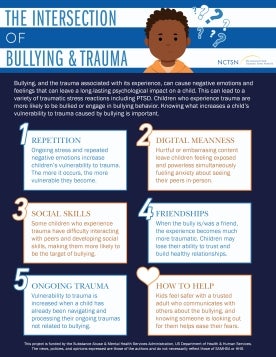
Bullying and Trauma
Highlights the intersection between bullying and trauma and offers ways adults can help them feel safe and supported.
The following resources on Bullying were developed by the NCTSN.

Highlights the intersection between bullying and trauma and offers ways adults can help them feel safe and supported.

Provides information to teens about staying safe while they are online. This fact sheet describes why sexting is not smart and how sexts can be used to hurt or bully. It offers tips for keeping teens safe when they are online, including privacy settings and protecting their identity.
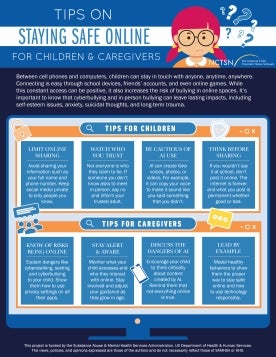
Offers practical tips for children and caregivers to stay safe online, recognize the risks of cyberbullying and AI misuse, and promote healthy, responsible digital habits.
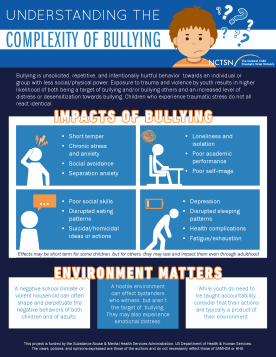
Explores the complex relationship between bullying and trauma. Highlights how both targets and perpetrators can be affected by their environments and how these experiences shape emotional and behavioral responses.
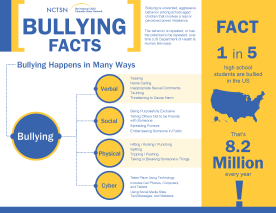
Offers simple facts on bullying. This infographic outlines the different types of bullying.
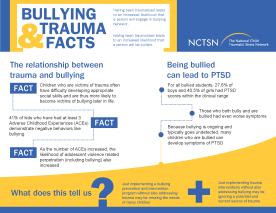
Offers facts about bullying and trauma. This infographic provides facts about the relationship between bullying and trauma, as well as how being bullied can lead to PTSD.
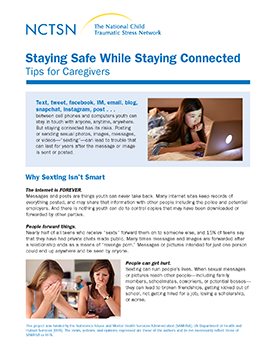
Provides information to parents and caregivers about keeping children safe online. This fact sheet describes why sexting is not smart and how sexts can be used to hurt or bully.
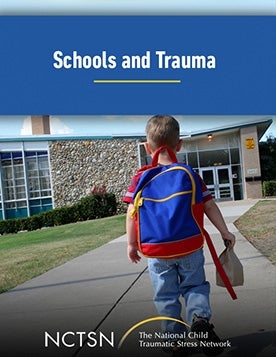
Focuses on understanding the intersection between cyberbullying and trauma.
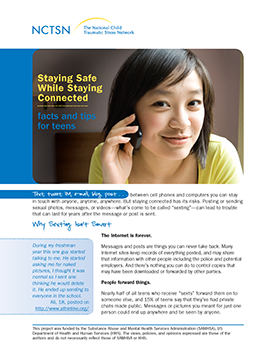
Provides information to teens about staying safe while they are online.

Explores personal experiences faced by parents whose children are dealing with bullying in school and the challenges that accompany a successful intervention to stop the bullying behaviors.
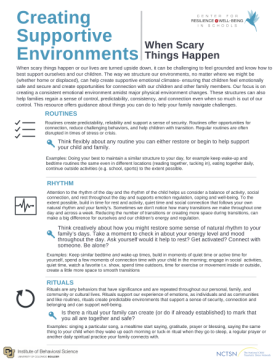
Offers guidance on creating supportive environments for youth when scary things happen. This fact sheet includes information on routines, rhythm, and rituals.

Offers guidance on talking with children and youth when scary things happen.